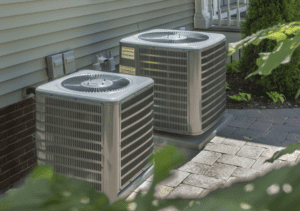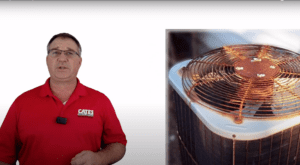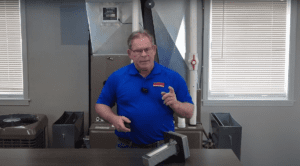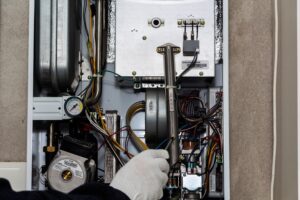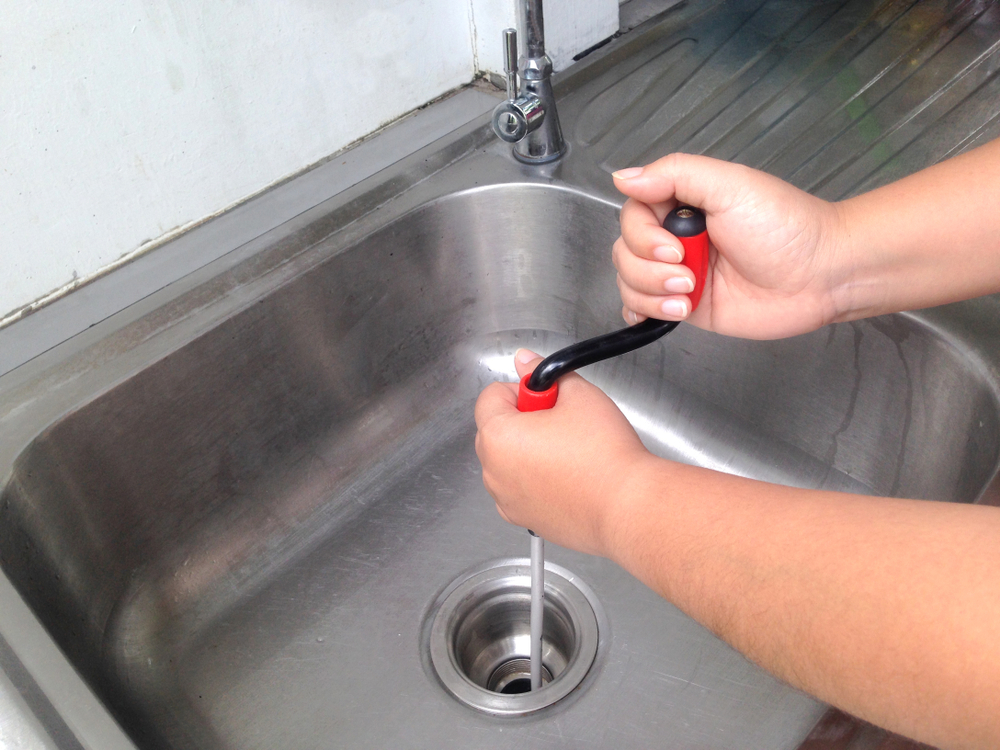Plumbing is vital to every home. However, as many homeowners know, a home’s plumbing system requires maintenance and repairs. Every so often, you may notice your bathroom or kitchen sink is slow to drain or clogged all together. We all know that hair can easily fall into bathroom sinks or drains, and it is easy to clean dishes and dispose of food waste through our kitchen sink’s garbage disposal. However, certain materials flow through these drains and build up in the pipes, causing them to become clogged.
When materials go down the drain that aren’t supposed to, they turn into obstructions that block the pipes. DIY homeowners may choose to fix these clogs with plumbing snakes.
What Is a Plumbing Snake?
A plumbing snake is a tool that you can use to remove clogs that block drains and piping. It looks similar to a hose but has a much different purpose. A plumbing snake is a long, flexible metal cable with a small uncoiled spring, or an auger, on one end and a handle on the other. As you use a plumbing snake, it uncoils down the drain, eventually reaching the obstruction that is blocking the piping and causing the backup.
Plumbing snakes are often used when the clog is too big for a plunger to solve. These tools are much more powerful than plungers, but they are trickier to use. Plumbing snakes can be used on tub and shower drains, kitchen sinks, and bathroom sinks. Toilets require a particular toilet snake, so it is unsafe to use a typical plumbing snake for these clogs.
How Do I Use a Plumbing Snake?
Many homeowners choose to fix clogs in their plumbing without professional help. While it is perfectly safe, it must be done correctly to avoid tearing the pipes and causing leaks. You should follow these steps when using a plumbing snake to ensure no damage is caused.
Step 1: Prepare the drain or pipes and insert the auger.
You start by either sending the spring down the drain or removing the p-trap. The p-trap is the curved piping under the sink and can be removed by hand or with a wrench. Removing the p-trap can make snaking easier. Plus, you may even find the obstruction in the p-trap, which solves the problem quickly. If you have removed the p-trap, you will start snaking by inserting the auger directly into the pipes rather than through the drain.
Step 2: Begin uncoiling the snake.
After you place the auger in the drain or pipe, you will begin uncoiling the spring. Home plumbing snakes are hand-operated, and you uncoil the snake by rotating the handle. It is best if you do this at a consistent pace, but not too fast. Do not push too hard when putting the coil down the drain, or you could damage the drain entrance or the pipe. The coil will move down the piping as you rotate the handle. Once you feel pressure, this indicates that you have probably reached the obstruction.
Step 3: Uncoil the snake until you reach the blockage.
When you reach the blockage, gently wiggle the head back and forth to break up the obstruction. If the auger is stuck in the obstruction, you can try to pull the snake out of the pipe—the obstruction may come with it. Keep snaking until you no longer feel pressure or resistance.
Step 4: Remove the snake and test to see if the pipe is unclogged.
Once you feel as though the sink is unclogged, you can remove the snake and reassemble the sink. You should check the sink to ensure the clog has successfully been removed. If it appears your sink is still not draining correctly, you should continue the snaking process. However, if the problem persists, you should call in professional help.
Other Tips for Snaking Your Drain
Snaking your drain can be a messy chore. You will want to wear clothes you don’t mind getting dirty and wear rubber gloves. We also recommend laying down old towels in case the area becomes wet. You should never hear scraping noises. If you do, you should stop snaking and re-adjust.
Even the handiest homeowners can run into problems unclogging their sinks. If you are experiencing issues while using a plumbing snake, call the plumbers at Cates Heating and Cooling. Our plumbers are well-equipped to help homeowners in Johnson County solve any plumbing problems that arise. We also have 24-hour service should plumbing emergencies occur in the middle of the night.
Call us at 913-888-4470 for Kansas residents or 816-944-1844 for Missouri residents to schedule an appointment today!






